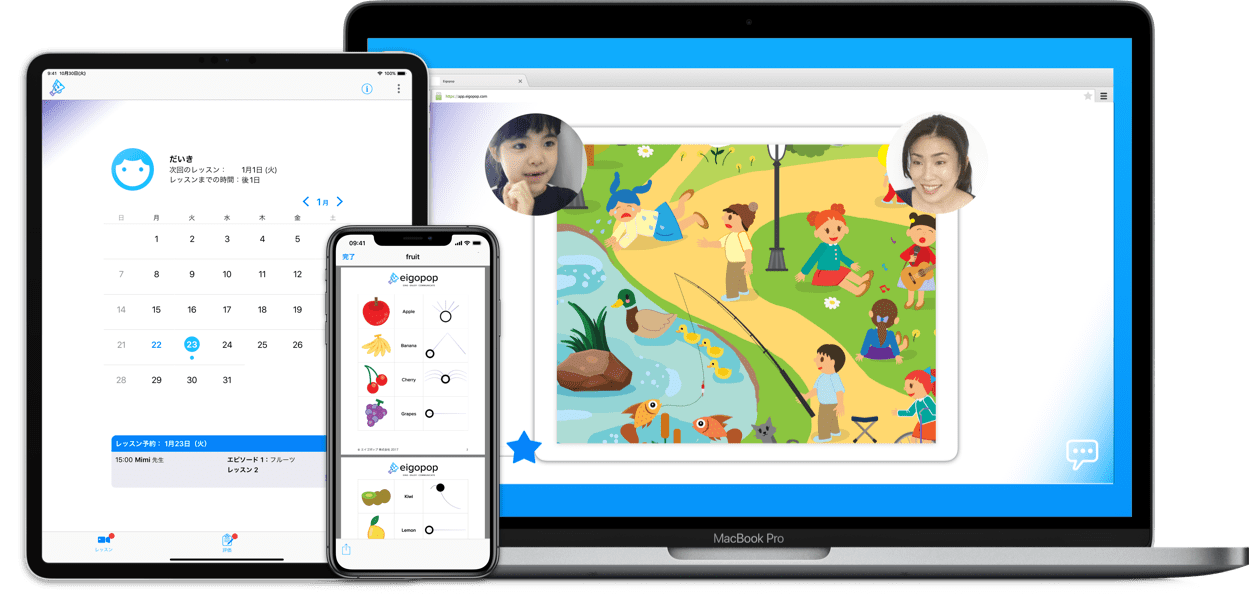"Mom, the AI Doesn't Want to Play With Me!"

This is the second part of a two-part series of posts on AI and language acquisition. You can find the first post here.
Machines only work if used for their intended purpose. Any tool or invention comes as we say with great responsibility. Imagine an AI being fooled around with-- any child would love to do so-- and for good reason, they are curious! The AI would fail to understand (at least at the time of this writing) the intent. Instead, AI is extremely useful at systemizing and aiding if you play along.
Unlike the human mind, AI is based on a deterministic foundation and is designed to work within a specific scope. Without the ability for self-reflection, AI is not capable of mimicking free conversation. If a user moves outside of the intended use, the answers returned by AI might be unexpected and unnatural. That said, AI can be a highly useful aid in self-paced learning or for tasks that are based on categorization, comparison, and generating output based on language models. Humans are good at grasping the situation and responding based on relevance. This makes us much better equipped to handle tasks that require intuition and creativity.
Natural language acquisition is a complex process that requires not only language knowledge but also knowledge about the world and the relationship between words and their meaning. After all, the meaning of words is often derived from real-life experiences.
Machines Cannot Learn Natural Language by Themselves

One of the main concerns about implementing AI is that machines cannot understand the meaning of language as humans do. Machines are programmed and can only understand the precise instructions that are written in computer code. For example, you can program your computer to translate from one language to another. However, you must specify the exact rules and algorithms behind this translation process. In other words, you need to tell the computer how to react. If you change the rules, the translation will not be accurate. If you want to program a computer to understand language, you need to create a program that will simulate human self-reflective thinking. In other words, you need to create a program that can find different meanings in words and sentences without precise instructions, and even more how others will perceive you in your communication. As you can see, language learning cannot be isolated from communication just as communication cannot be isolated from social skills.
Text Recognition and Speech Recognition is not the Same as Language Acquisition

There is a big difference between the written word and the spoken word. While reading, we understand the meaning of words based on their context. In other words, we have the whole sentence in mind, and each word is interpreted with respect to the other words in the sentence. This process is referred to as global interpretation. In addition, the reader can use cultural, historical, and other information to interpret the meaning of words. Reading helps in broadening variety and possible combinations of tone and vocabulary. Reading helps to translate ideas into sentences. In reverse, simply memorizing language without making a conscious connection between meaning in relation to different situations does not achieve this.
In speech, on the other hand, we sometimes stumble, put together words or revise our verbalized thoughts afterwards. Still, your opposite will likely understand the intention behind it. Sometimes when we give lessons ourselves Alexa accidentally comes on asking what song or movie to play. That is speech recognition, albeit at the wrong time. Just like translation, speech recognition is also programmed to a deterministic pattern. It is a computer-driven process that converts spoken audio signals into written or typed words. However, both computer-driven processes are far from acquiring natural language.
Artificial intelligence has many applications, and it can help people and businesses with different tasks. However, when it comes to helping children acquire natural language, it is falls short on the very premise of reading the air and having human understanding. Unfortunately, computers cannot yet understand natural language fully. Nevertheless, they will continue to proof our very own nature: humans are tool makers. Anything we do, we do to advance and liberate ourselves. It might just be that in the short run we will lean more from AI about our own nature than we can expect AI to be companions.
Wrap-up

For children to acquire natural language, they need to be exposed to real-life situations. They should use language in context, learn new words, and develop their communication and social skills. They should have the opportunity to receive the kind of feedback that keeps making them curious.
Note: This article was in fact generated via artificial intelligence, using Cohere and Writesonic. It was then edited by Ken Rangkuty and the Eigopop team.






